Art IN Academia
Conference and Exhibition Organized by the Department of Philosophy and the Center for Arts and Culture, Central European University
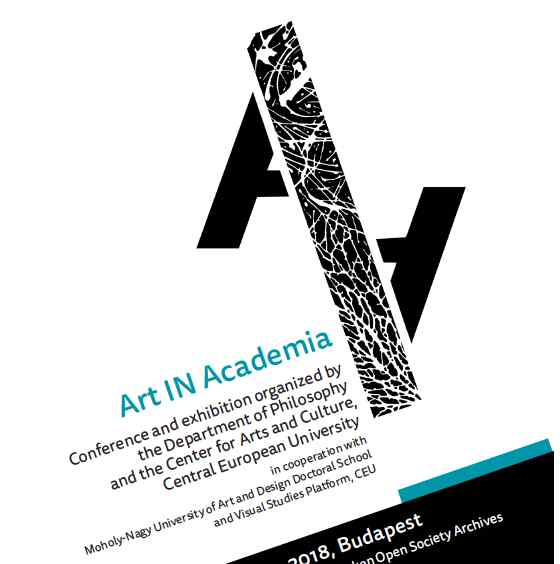
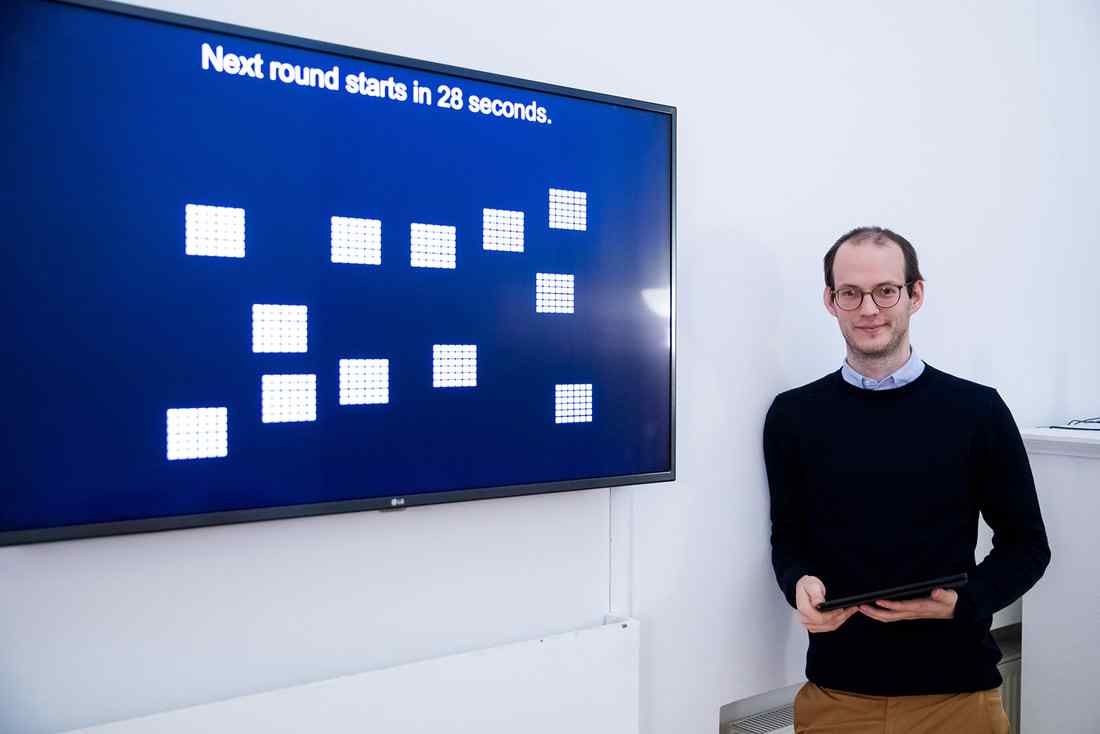
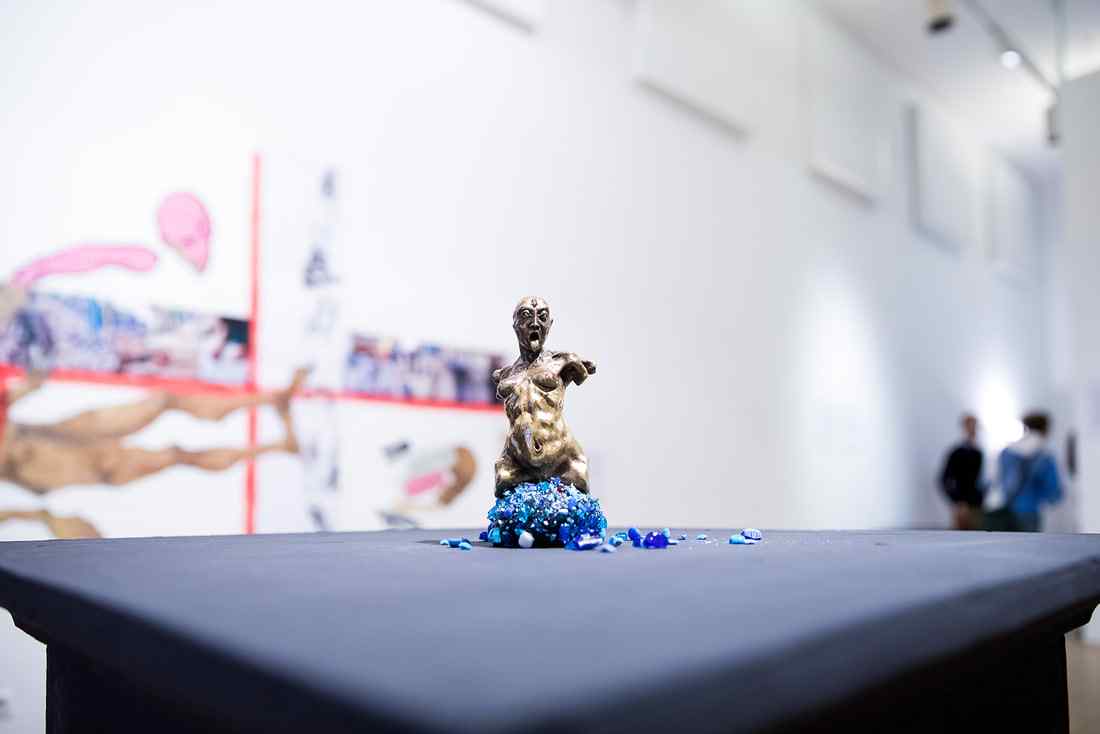
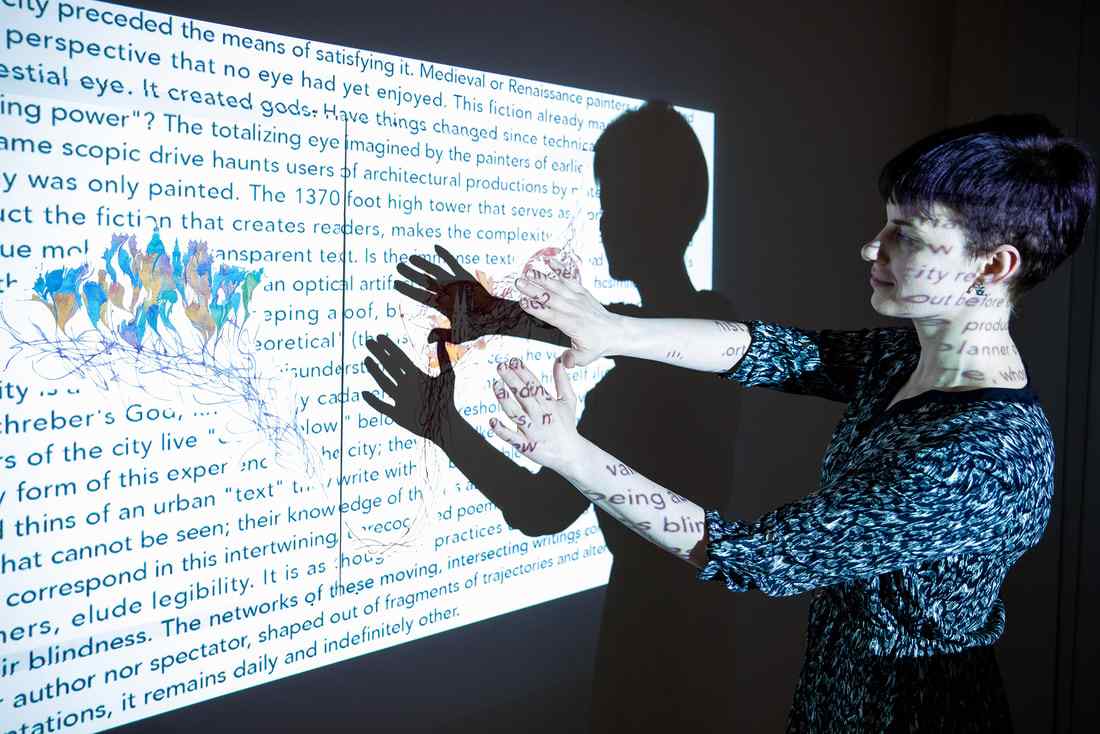
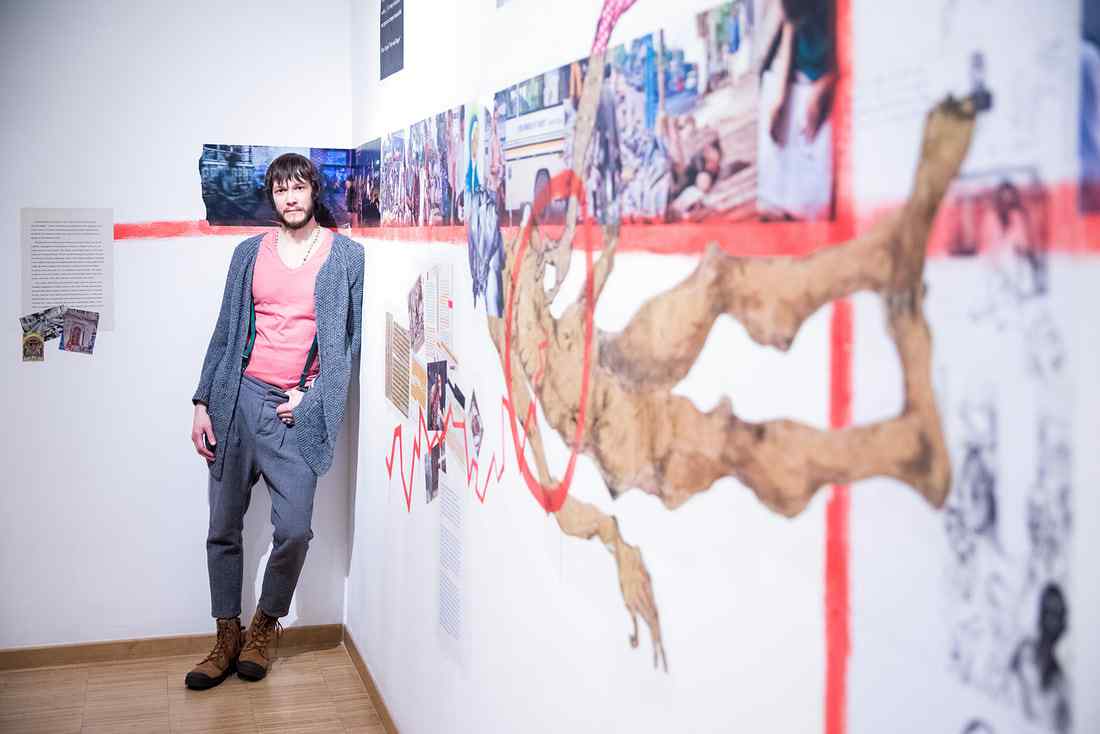
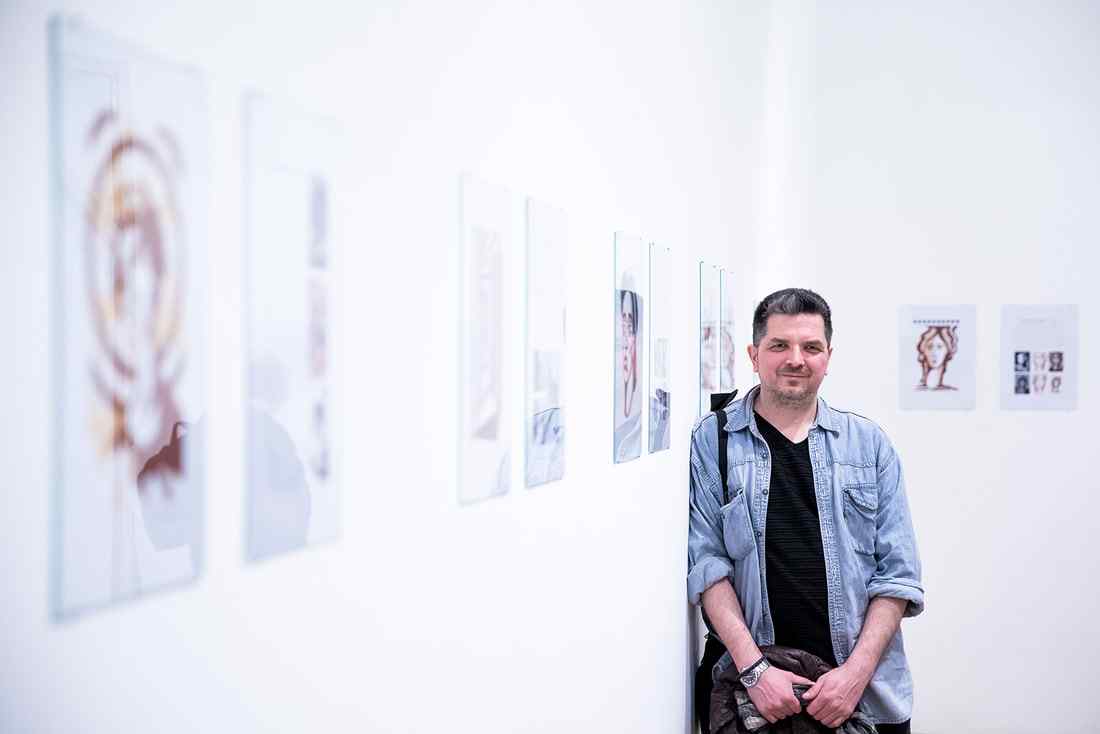
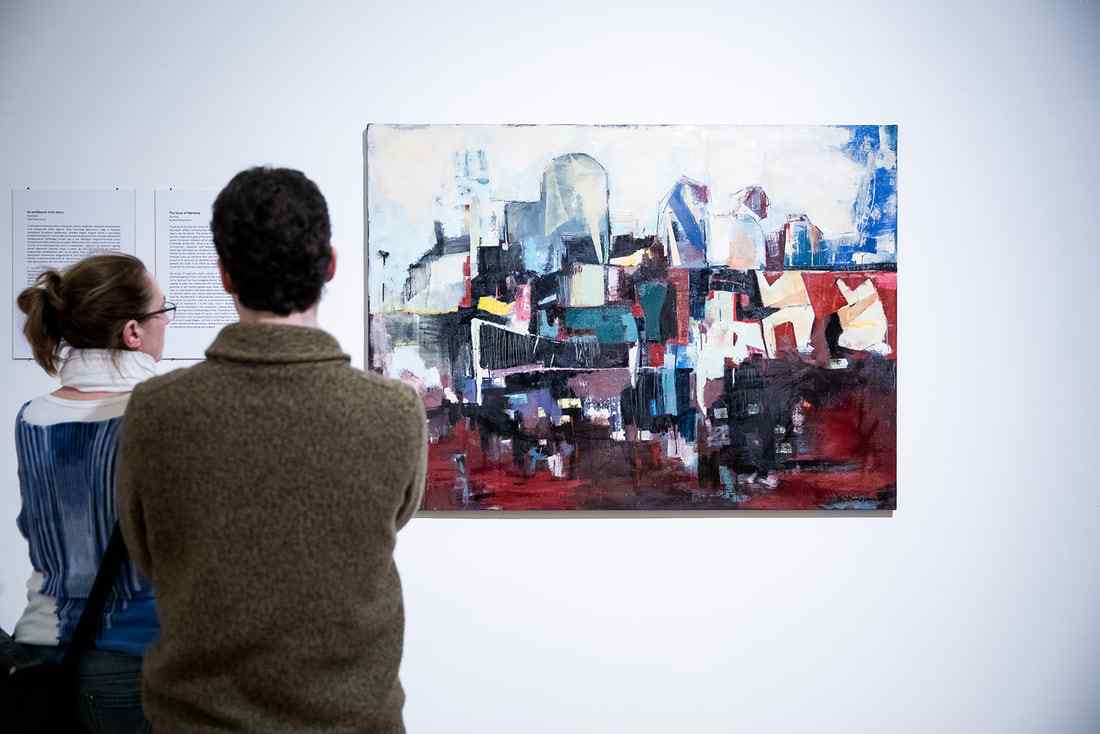
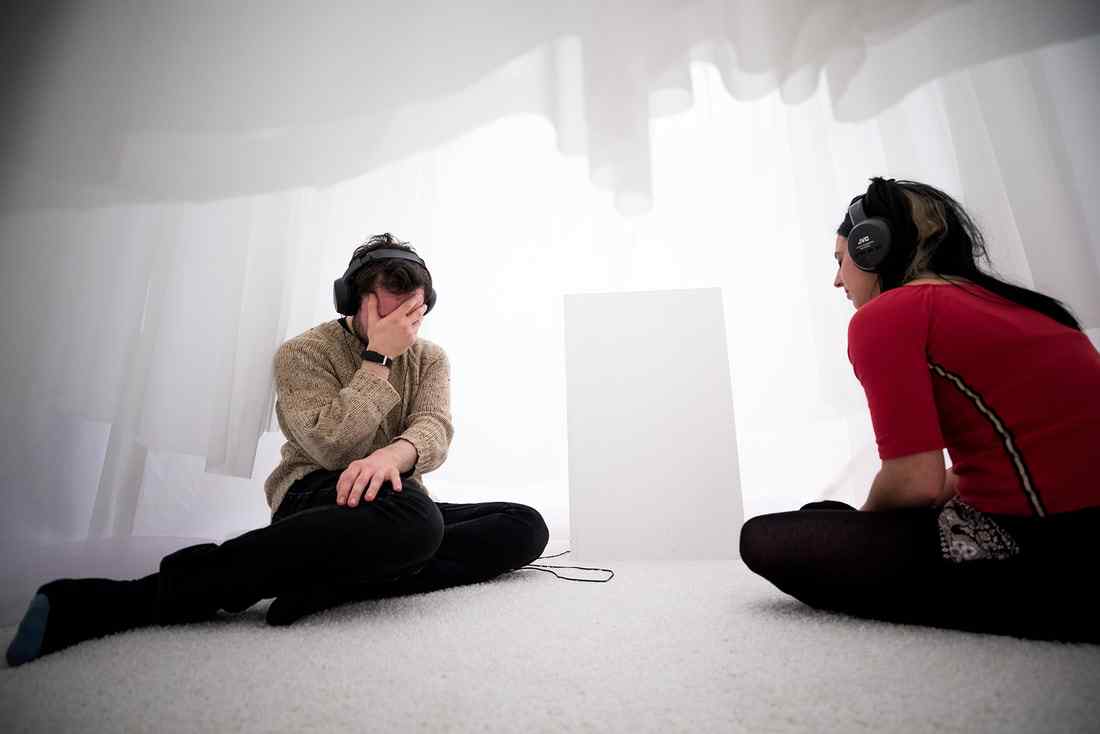
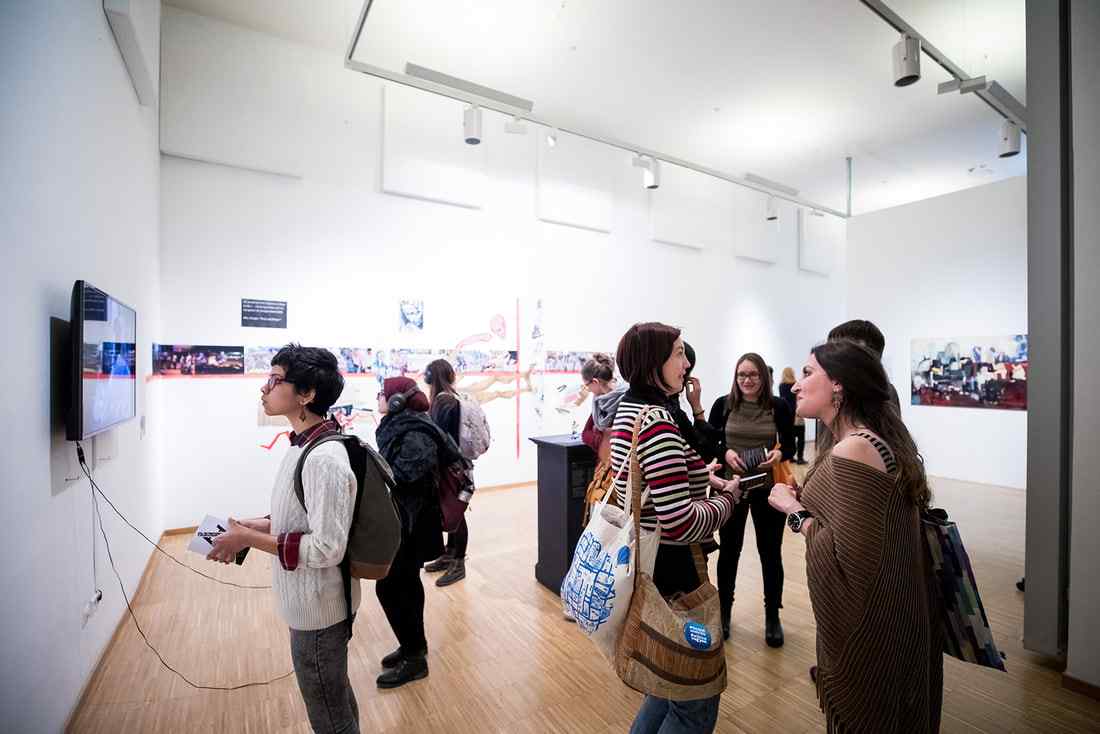
Sara MAKSIMOVIĆ, Egor NOVIKOV, Aleksandar PANTIC, Marta SANTUCCIO, Kat SURYNA, Thomas WOLF
Center for Arts and Culture (CEU)
The relationship between art and academic research can take different shapes and meanings. Recent decades have seen an increase in artists engaging in traditional academic research settings, such as laboratories, collaborating with scientists, philosophers, engineers, and the like. The different interactions between art and academia seem to offer new perspectives to known and complex issues across different fields, allowing artists and researchers to blur the lines between artistic practice and academic research. Although collaboration between artists and researchers has become the main format in these transdisciplinary practices, this interaction can also take place within individuals in the form of artist-researchers and researcher-artists. Art IN Academia explores a range of possible ways in which academic endeavors, other than art history and art theory, can inform, inspire or become complemented by the art created by scholars and researchers within institutional academic walls.
Aleksandar Pantic, a historian and graduate of the Cultural Heritage Studies, conducts a piece of artistic research into archetypical models of visual composition by means of an extensive analysis of traditional artworks, handcrafted items, and iconographies. Post-Modern Graphemes offers a series of simple and memorable graphical forms that stand somewhere in between artistic image and graphic design.
In the projects created by cognitive scientist Thomas Wolf and anthropologist Egor Novikov, art figures as part and extension of academic research. Das Tanztheremin by Thomas Wolf invites visitors to create sounds together as he tests scientific hypotheses about how people coordinate their actions in time, in space and in other domains such as musical pitch and harmony. In Dirty Body Sacred, Egor Novikov visually maps the theoretical conceptualization of the central charity object—the homeless destitute people—and carries an interdisciplinary investigation on social exclusion and structures of dirt/purity, in which art figures as a source of models and factual material.
Kat Suryna, a philosopher, and Sara Maksimović, a gender studies specialist, take art as a form of meta-discourse within their research fields. Landscapes of Mind by Kat Suryna challenges the discourse-dependent art and reflects on distinctive features of two different territories in philosophical thinking—continental and analytical philosophy— by making them speak about the meaning of the artwork. The Issue of Memory by Sara Maksimović questions her positionality as a researcher in the study of an inherited memory of historical trauma and disrupts the subject/object dichotomy often found in ethnographic research.
Inspired by the metaphysics of consciousness, Untitled (YOU) by philosopher Marta Santuccio, explores the nature and boundaries of consciousness through perception and introspection and pushes the boundaries of thinking outside the often too narrow box of academic philosophy.